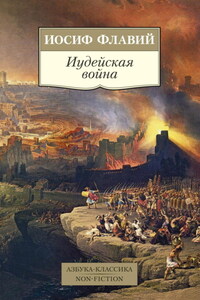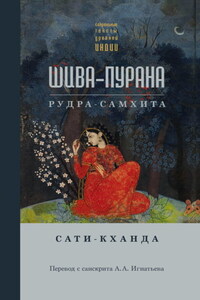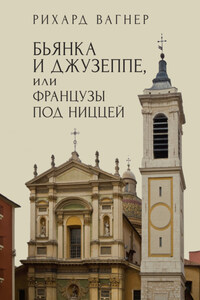PREFACE
Having been compelled by the results of my investigations on the question of the Origin of Life to arrive at conclusions adverse to generally received opinions, I found that several persons having high authority in matters of science, were little disposed to assent to these views. To a great extent this seemed due to the fact that a distinguished chemist had previously gone over some of the same ground, and had arrived at precisely opposite conclusions. M. Pasteur has been long known as an able and brilliant experimenter, and some of his admirers seem to regard him as an almost equally faultless reasoner.
Renewed and prolonged experimentation having tended to demonstrate the truth of my original conclusions, and to convince me of the utter untenability of M. Pasteur’s views, it seemed that the best course to pursue would be, at first, to endeavour to show into what errors of reasoning M. Pasteur had fallen, and also how his conclusions were capable of being reversed by the employment of different experimental materials, and different experimental methods. Then, having presented, in a connected form, evidence which might suffice to shake the faith of all who preserved a right of independent judgment, one might hope to have paved the way for the reception of new views – even though they were adverse to those of M. Pasteur. The present volume contains, indeed, only a fragment of the evidence which will be embodied in a much larger work – now almost completed – relating to the nature and origin of living matter, and in favour of what is termed the physical doctrine of Life.
The question of the mode of origin of Living Matter, is inextricably mixed up with another problem as to the cause of fermentation and putrefaction. M. Pasteur’s labours were, at first, undertaken in order to solve the latter difficulty – to decide, in fact, between two rival hypotheses. It was held, on the one hand, that many ferments were mere dead nitrogenous substances, and that fermentation was a purely chemical process, for the initiation of which the action of living organisms was not necessary; whilst, on the other hand, it was also maintained that no fermentation could be initiated without the agency of living things – in fact, that all ferments were living organisms. The former may be called the physical theory of fermentation, of which Baron Liebig is the most prominent modern exponent; whilst the latter may be termed the vital theory of fermentation, and this is the doctrine of M. Pasteur. All the facts which I have to adduce, so far as the subject of fermentation is concerned, are wholly in favour of the views of Baron Liebig.
And, the conclusions arrived at in this work are confirmed by the results of several unpublished experiments, in which living organisms have been taken from flasks that had, a few weeks before, been hermetically sealed and heated for a variable time to temperatures ranging from 260° F. to 302° F.
With the view of aiding some of my readers in their interpretation of the results of some of the experiments contained in this volume, I would call their attention to the following considerations. If fluids in vacuo (in hermetically-sealed flasks), which were clear at first, have gradually become turbid; and if on microscopical examination this turbidity is found to be almost wholly due to the presence of Bacteria or other organisms, then it would be sheer trifling gravely to discuss whether the organisms were living or dead, on the strength of the mere activity or languor of the movements which they may be seen to display. Can dead organisms multiply in a closed flask to such an extent as to make an originally clear fluid become quite turbid in the course of two or three days?
And if any one wishes to convince himself as to whether such turbidity can occur in a flask which is still hermetically sealed, let him take one that has been prepared in the manner I have elsewhere described, carefully heat the neck of it in a spirit-lamp flame, and see how the rapid in-bending of the red-hot glass testifies to the preservation of a partial vacuum within. The vacuum in such cases is only partially preserved, because of the emission of a certain amount of gases within the flask – such as invariably occurs during the progress of fermentation or putrefaction.
In these experiments with heated fluids in closed flasks, nothing is easier than to obtain negative results. The same kinds of infusions which – if care has been taken to obtain them strong enough – will in a few days teem with living organisms, often show no trace of living things after much longer periods, when the solutions are weak. Again, in those cases where only a few organisms exist in a solution which has been made the subject of experimentation, nothing is easier than by a perfunctory examination of the fluid to fail in finding any of these sparsely-distributed living organisms. Experiments, the results of which are positive, may, therefore, in the absence of sufficient care, be cited as negative; and experiments which would otherwise have been crowned with unmistakeably positive results, may be rendered wholly barren by the employment of infusions which have been carelessly made.








